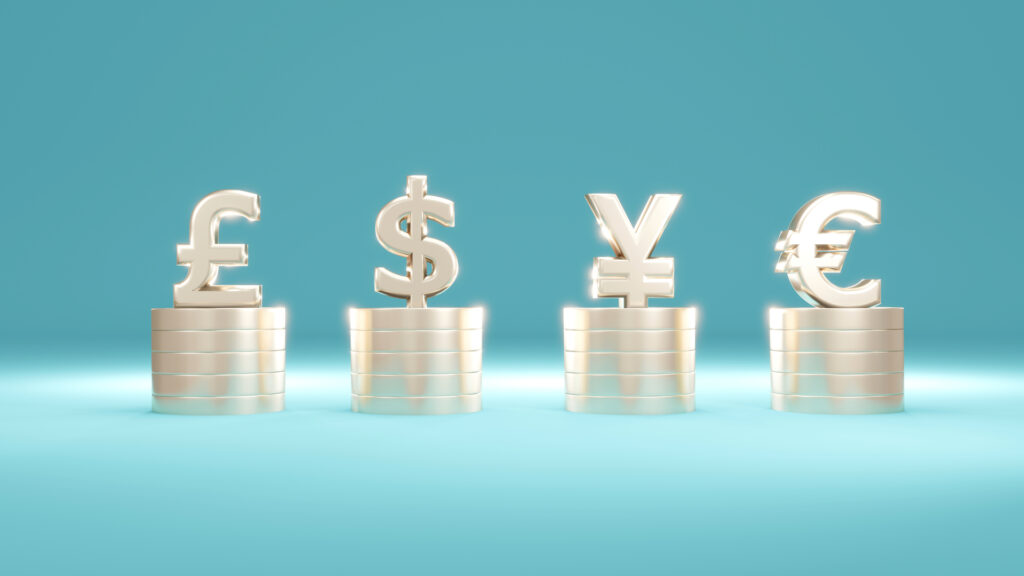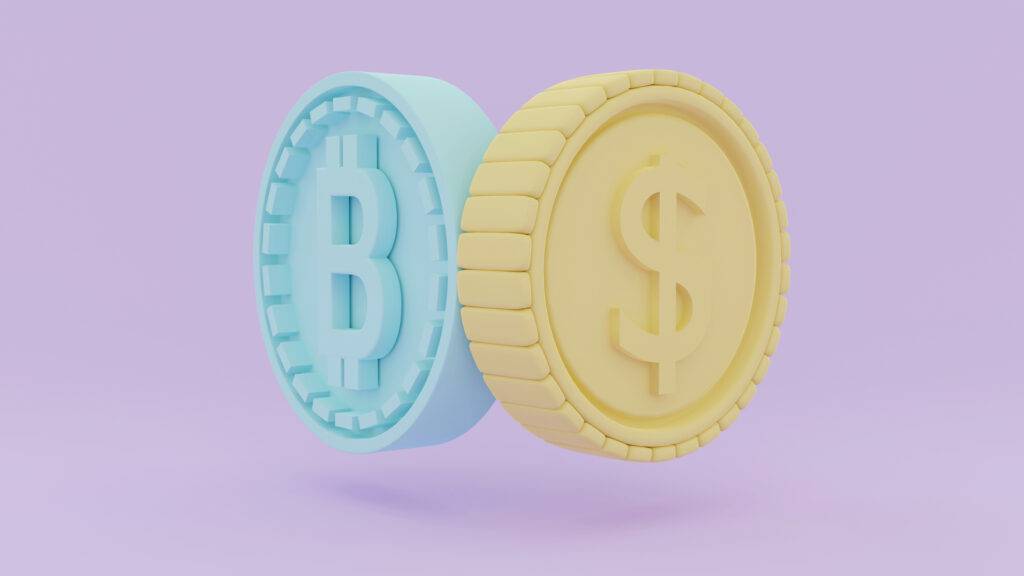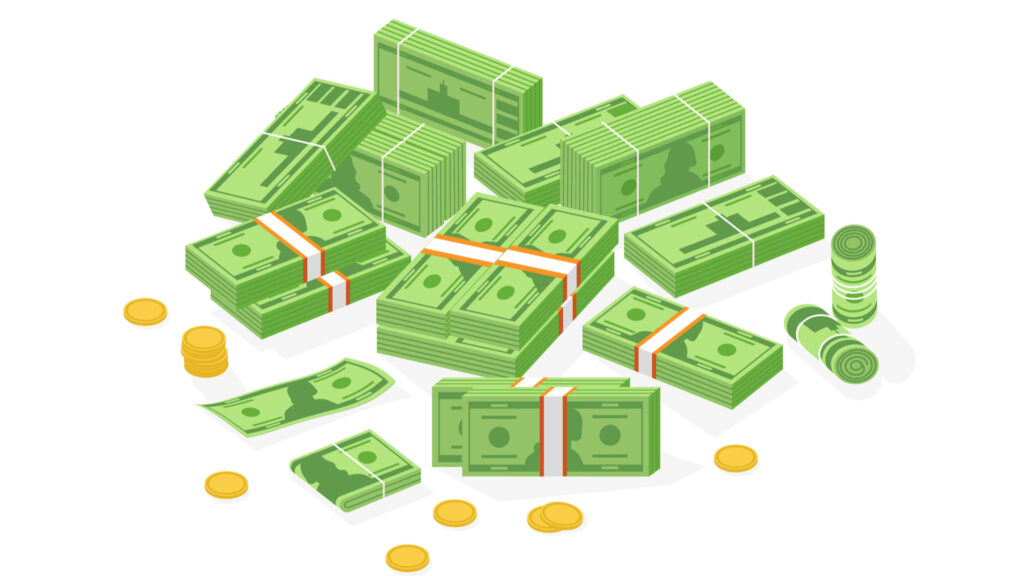Despite the popularity of cryptocurrencies, fiat currency still maintains its leading position worldwide. It is understandable, as fiat has a history lasting for centuries, and humanity is not yet ready to address its objective shortcomings. The following text discusses the pros and cons of fiat money. Moreover, we'll teach you all its other nuances, down to its origins.
What is fiat money?
Fiat money is a currency that has no value in and of itself, but is the principal and legally enshrined means of payment in a particular country or union of nations. The exchange rate of fiat currency depends on demand and the political situation in the world, economic events and many other factors, up to and including environmental disasters.
Currently, fiat currency is the core of the modern international economy. The Central Bank of a given country (or countries) is responsible for issuing and regulating it in the domestic market. Fiat currency is thus a lever of economic management, as the government controls the currency in a country.
The definition of fiat money allows for both paper and metal forms and non-cash forms. The clearest examples of such currency are dollars and euros, one of most countries' primary means of payment.
The history of fiat currency

As we know, initially, money did not exist in any form: instead of it, people bartered, i.e. exchanged one thing for another. However, as society grew more complex and the economy developed, putting a price on commodities became increasingly difficult. For instance, how much, for example, is one horse worth in apples? How do you calculate that? As a result, the bartering of precious stones, metals, and even kauri shells in Oceania replaced natural exchange.
The first fiat money appeared in China in the tenth century, when the demand for metal currency exceeded the number of precious metals in the country. The current dynasty understood the necessity of economic reforms. Since, at that time, the Chinese were already actively using so-called “credit notes”, which were sheets of paper allowed for borrowing goods, banknotes caught on quite quickly.
In Europe, paper money became widely used only in the eighteen century, when France and American colonies introduced credit notes, with the help of which one could pay taxes to authorities without spending coins. Since then, fiat currency has experienced several ups and downs. In New England, for example, banknotes were devalued during wars and were replaced by exchanges of raw materials or gold and silver. However, fiat strengthened its position considerably when, at the beginning of the twentieth century, many international banks allowed the conversion of banknotes into nominal goods. The Bretton Woods Agreement, signed in 1944, stipulated that an ounce of gold would now be worth $35 and vice versa. Thus, the dollar had a physical value, but the agreement ended after President Richard Nixon's innovations and the fact that dollars exceeded the gold reserve. Nevertheless, by that time, the dollar was already so widespread that its credibility and the pegging of other currencies to the dollar prevented the exchange rate from fluctuating. You could say that fiat money has value today because of its development history.
The advantages of fiat currency

Today, fiat money in economics is still at the top of the list in absolutely every country in the world. So, why do most nations use fiat money today?
- With fiat currency, the government has complete control over the economy through the central bank as an instrument and monetary policy.
- Fiat currency stimulates the economy, while other means of payment slow it down, as demonstrated by wartime and the Great Depression.
- Fiat currencies are more practical for everyday life because they save natural resources (because precious metals are exhaustible) and have low production costs.
- As the world population is constantly increasing, economic and human activity has long outstripped the extraction of fossil resources, making using the old means of payment inefficient.
The disadvantages of fiat currency
Like all things in the world, the fiat currency system also has its disadvantages, significantly exacerbated in recent years:
- Fiat currency is susceptible to inflation and depreciation like no other currency due to its lack of physical value.
- States can artificially increase the money supply within a country because only the state decides how much money to print.
- The credibility of fiat money could get undermined by the political and social upheaval of one sort or another, and fiat money is backed by society’s trust and support.
- It also increases the risk of a solvency crisis among the public and businesses.
Fiat Money vs Commodity Money

Commodity money is any object used for payment because of its material or substance value. In every era and every country, commodity money has generally had been one of its kind: for example, it includes not only gold but also salt, sugar, the same kauri shells, amber, diamonds, tobacco, coffee, etc.
The primary difference between commodity and fiat money is that the state does not determine the value of commodity money. Still, the value is always “floating” by the person making the exchange. Moreover, this value is increased both by public demand and by the rarity or uniqueness of commodity money itself – for example, cocoa beans, considered exotic and difficult to obtain, had the highest value.
Commodity money has advantages over fiat:
- Low inflation. As commodity money has a physical value and largely its mass cannot be quickly artificially increased, it can retain its value for decades.
- Less dependence on external control. The government can regulate commodity money by imposing many legal requirements and taxes on it, but it cannot control the quantity, demand, and volume as it can with fiat.
- Moderate deflation. People who invest in the commodities market will consistently benefit in the event of any crisis.
The obvious disadvantages of commodity money, on the other hand, are:
- Shelf life. Commodity money can usually go bad, especially if it is a product or susceptible materials like silk and wool.
- Differences in quality. The same commodity can be of different quality; therefore, the value of the same kind of commodity money will also vary. Consequently, difficulties arise in their valuation. For example, in England in the eighteen century, commodity currency was horses, and many people tried to use sick or old horses to pay back debts.
- Slowdown of economic growth. The stability of the commodity market is both a pro and a con because stability prevents change and development.
Fiat Currency vs Gold Standard
The gold standard is a monetary system where gold blocks back the currency, i.e. it is directly linked to the value of precious metals. If a country has a gold standard, the government sets a fixed price for one ounce of gold, which determines the value of the other currency. For example, at the time of the Bretton Woods Agreement, one ounce of gold was worth $35, and as a result, one dollar was worth thirty-fifth of an ounce of gold.
Currently, no nation uses the gold standard. Nevertheless, it was actively used before the First World War. At that time, gold freed governments from the conversion of currencies and served as the universal means of payment for international trade.
Gold's main advantage over fiat money is its resistance to inflation. To this day, many investors have invested their savings in precious metals, believing that they cannot depreciate due to the limited supply of gold as an exhaustible resource and as the primary material for jewellery. However, gold tends to destabilise the market and even the public mood – think of the famous Klondike gold rush!
Fiat Money vs Cryptocurrency

A cryptocurrency is a digital currency with a decentralised payment system that may not get tied to any existing currency. The value of cryptocurrency is provided solely by the community and investors. They use crypto instead of alternatives because of its convenience.
Another characteristic of cryptocurrency is that it has no physical embodiment, i.e. it is purely virtual. Because of this, the state doesn't control it, and the authorities don't artificially support it. Simultaneously, cryptocurrency is considered the safest currency from a technical point of view. That is because it gets protected by blockchain technology, and it is virtually impossible to obtain unauthorised access to a user's cryptocurrency wallet (i.e. to steal it), unlike a physical or bank wallet. Also, cryptocurrency allows ultra-fast payments between countries and can be pegged to fiat for increased stability, like Bitcoin is pegged to the dollar.
Therefore, we need to consider cryptocurrency the most advanced payment instrument today. It is rapidly gaining popularity worldwide and can potentially destroy the paramount meaning and importance of fiat money and replace it in the same way that fiat once replaced the gold standard and commodity exchange.
However, one cannot ignore some of the cryptocurrency's drawbacks, namely its volatility, which is one of the reasons why governments and payment systems are still hesitant to use it everywhere. There are also questions about current legislation, which, due to the very decentralised nature of cryptocurrencies, cannot find a way to give its users legal guarantees. Therefore, cryptocurrency can be considered a direct competitor of fiat, but not its full-fledged replacement, because the advantages of fiat money still win.
Examples of fiat currencies
As mentioned earlier, the US was the first to introduce and secure its fiat currency position. It led to all currencies of other countries being valued against the dollar. Now there are more than one hundred and fifty different currencies in addition to the dollar. They include the euro, the yuan, the rouble, the pound sterling and the Japanese yen. Essentially, anything you can pay with in any shop in any country can also be considered an example of fiat money.